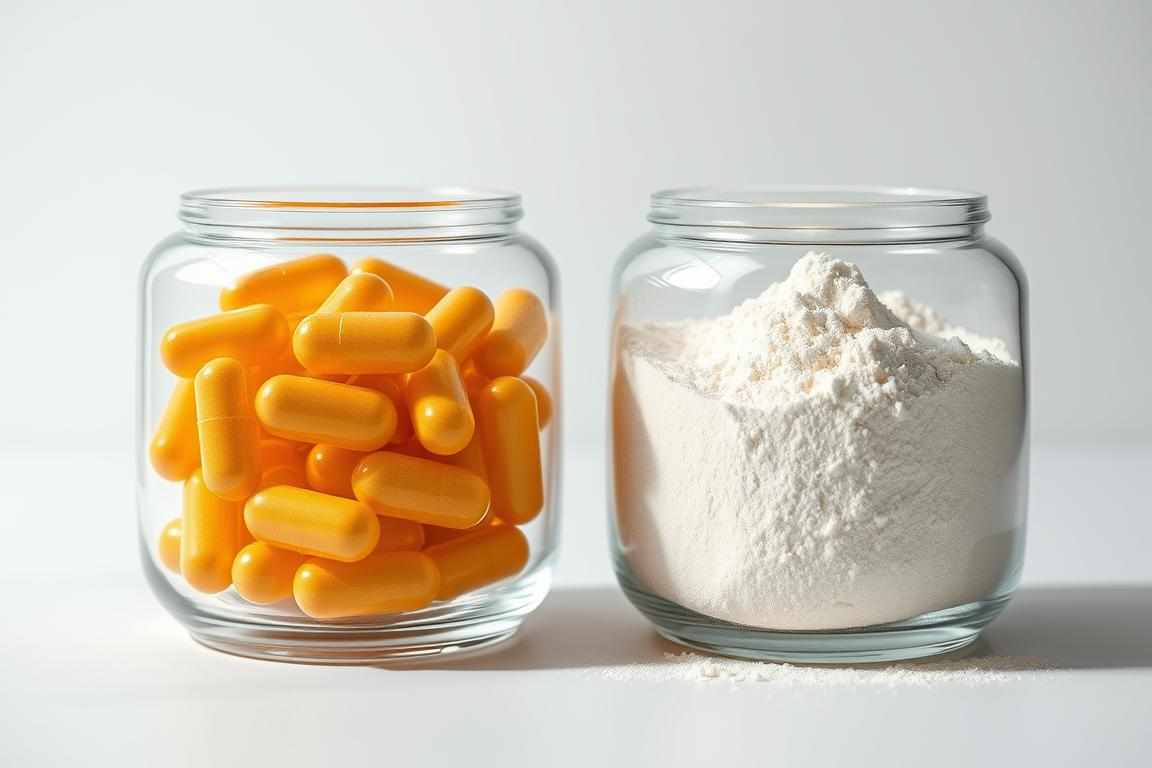
Welcome to your go-to guide for choosing the right supplement format for your wellness goals. If you’ve ever wondered whether one delivery method outperforms another, you’re in the right place. Let’s dive into the details to help you decide what fits your lifestyle and health needs.
Both forms of this engineered ingredient offer unique advantages. The key lies in understanding how their molecular structure affects absorption and effectiveness. We’ll explore how factors like convenience, dosing flexibility, and personal preferences play a role in your decision.
This article breaks down scientific research and practical considerations. You’ll learn how the processed version differs from regular food-grade options and why that matters for supporting immune health or detoxification. Real-world examples and cost comparisons will help you make an informed choice.
Key Takeaways
Both delivery methods provide the same core compound but differ in user experience
Lifestyle factors like travel routines or taste preferences influence format selection
Absorption rates may vary based on how your body processes each form
Cost per serving and storage requirements affect long-term use
Clinical studies show potential applications for cellular health and toxin removal
Quality standards vary between manufacturers - third-party testing matters
Introduction to Modified Citrus Pectin
Transforming everyday fruit byproducts into bioavailable nutrients isn’t magic—it’s science. The journey begins with citrus pectin, a natural fiber found in orange and grapefruit peels. For decades, this sticky substance has thickened jams and stabilized sauces. But its original form has limitations.
Understanding Citrus Pectin and Its Transformation
Raw citrus pectin molecules are like tangled nets—large (60-300 kDa) and tightly bound. They act as soluble fiber, staying in the gut to support digestion. Scientists discovered that breaking these nets into smaller chains unlocks new benefits. Controlled processing reduces their size and alters their chemical bonds.
This engineering creates a compound your body can absorb. Regular citrus pectin stays trapped in the digestive tract, while the modified version travels through the bloodstream. Think of it like upgrading a cargo ship to a speedboat—both carry goods, but one delivers faster and farther.
Feature Food-Grade Pectin Modified Version Molecular Weight 60-300 kDa Under 15 kDa Esterification High Low Absorption Gut only Systemic Primary Use Gelling agent Health support
Why Modification Matters for Absorption
Size isn’t the only factor. Reducing ester groups—chemical attachments on the molecule—changes how it interacts with cells. Research shows these tweaks allow it to bind to specific proteins linked to inflammation and detoxification. A key step is understanding how modified citrus pectin is made.
“Modification turns a dietary fiber into a precision tool,” explains a nutritional biochemist. “It’s about making nature’s blueprint work smarter for our bodies.”
This breakthrough means what once stayed in your morning toast’s jam can now support whole-body wellness. The key lies in choosing products that use verified processing methods to ensure consistency.
The Science Behind Modified Citrus Pectin
The secret to this ingredient's effectiveness lies in precise molecular engineering. Let’s explore how specific structural changes unlock its therapeutic potential.
Breaking Down the Molecular Magic
To work systemically, the compound must meet strict specifications. Molecular weight under 15 kDa is critical—like shrinking a cargo ship into a zippy speedboat. This allows passage through intestinal walls into the bloodstream.
Equally important is reducing esterification (chemical attachments) to 5% or less. Lower ester groups transform it from a sticky jam-maker into a bioactive agent. Manufacturers achieve this through:
Controlled acid baths
Precision heat treatment
Enzymatic tailoring
Feature Standard Form Engineered Form Molecular Weight 60-300 kDa <15 kDa Esterification 60-70% <5% Water Solubility Low High Primary Action Digestive fiber Whole-body support
How It Targets Cellular Challenges
The redesigned molecules excel at blocking galectin-3 proteins. These troublemakers contribute to:
Chronic inflammation
Tissue scarring
Abnormal cell growth
“Size and structure determine function in nutritional science,” notes Dr. Ellen Reyes, a biomedical researcher. “These modifications turn a simple fiber into a targeted health ally.”
Clinical studies show promise in supporting cancer care by disrupting cellular communication pathways. Other research highlights benefits for heart health and detoxification through heavy metal binding. Always verify third-party testing for these specs—proper engineering makes all the difference.
Benefits and Applications of Modified Citrus Pectin
Modern science continues to uncover how specialized nutrients can support whole-body wellness. This engineered compound shows promise in addressing multiple health challenges through unique biological interactions. Let’s explore its most studied applications.
Detoxification, Immune Support, and More
One standout feature is its ability to bind heavy metals like lead and mercury. Through natural chelation, it helps the body eliminate these toxins safely. Research suggests this process may reduce the burden on organs while supporting detox pathways.
The immune system also benefits from its modulating effects. Studies indicate it can balance defense responses without overstimulation. This makes it particularly interesting for maintaining healthy immune function during stress or environmental challenges.
Benefit Key Action Research Insight Cardiovascular Support Reduces inflammation May improve cholesterol levels in clinical models Cellular Health Blocks galectin-3 proteins Shown to inhibit abnormal cell growth in lab studies Tissue Protection Reduces fibrosis markers Supports healthy organ remodeling processes
Emerging evidence, such as this clinical pilot study, highlights potential in cancer care through multiple mechanisms. The compound appears to interfere with cellular communication pathways involved in metastasis. Always consult your doctor before using any supplement alongside conventional treatments.
Digestive benefits extend beyond typical fiber effects. Its prebiotic properties nourish gut bacteria while promoting regularity. Remember – individual results vary, and quality matters when choosing products for specific health goals.
Modified Citrus Pectin Capsules vs Powder: A Detailed Comparison
Choosing the right delivery method can make all the difference in your wellness routine. Let’s break down how these two popular options stack up in real-world scenarios.
Form Factors and Their Impact on Daily Use
The powder format shines for those needing adaptable intake. A single scoop dissolves easily in water or juice, letting you adjust servings based on changing needs. This makes it ideal for reaching higher amounts used in clinical studies—like 15 grams daily—without swallowing multiple pills.
Pre-measured capsules eliminate guesswork. They’re perfect for busy mornings or travel days when measuring tools aren’t handy. No mixing, no cleanup—just quick consumption with your favorite drink.
Flexibility of Powder vs. Convenience of Capsules
Powder users appreciate blending their dose into smoothies or teas. It’s cost-effective for long-term use at higher quantities. However, some find the texture off-putting or struggle with consistent measuring.
Capsule lovers prioritize simplicity. The sealed units stay fresh in gym bags or office drawers. As one nutritionist notes: “Pills remove taste barriers, making adherence easier for picky eaters.” Yet, increasing your dose means taking more capsules—a challenge for those needing heavy supplementation. For a full breakdown, explore this article on MCP powder vs. capsules.
Factor Powder Capsules Dosing Control Full customization Fixed amounts Portability Requires mixing Grab-and-go Cost per Serving Lower at high doses Higher convenience fee
Your lifestyle dictates the best fit. Frequent travelers and time-crunched professionals often prefer capsules. Those focused on precise dosing or budget-friendly options usually lean toward powder. Test both forms if possible—many brands offer sample sizes to help you decide.
Who Should Choose Capsules or Powder?
Your daily habits and health objectives determine which form works better for you. Let’s explore how different lifestyles and goals align with each option.
When Convenience Trumps Custom Dosage
Capsule users often value simplicity above all else. Busy parents grabbing breakfast on-the-go or consultants hopping between meetings benefit from pre-measured servings. The sealed units stay fresh in gym bags and don’t require mixing tools.
Travelers appreciate TSA-friendly packaging that won’t spill. Those sensitive to textures also favor this format. As a dietitian notes: “Easy routines boost consistency—critical for maintaining steady blood levels of active compounds.”
Optimizing Your Intake with Dose Flexibility
Powder shines for personalized regimens. Health coaches working with clients on detox plans often recommend this form. You can easily adjust servings from 5g to 15g based on daily needs or blend it into morning smoothies.
Budget-focused shoppers save more with bulk purchases. Clinical protocols requiring higher amounts become more affordable. Just remember—measuring spoons and a tolerance for mild texture are essential.
Situation Ideal Form Key Reason Frequent travel Capsules No spills, no prep Therapeutic dosing Powder Cost-effective scaling Taste sensitivity Capsules No flavor issues Custom blends Powder Mixes seamlessly
Switching forms? Start with equivalent doses and track how your body responds. Many find combining both works best—capsules for busy days, powder for home use.
Optimal Dosage and Absorption Practices
Getting the most from your supplement starts with science-backed dosing strategies. Let’s explore how clinical insights and personal needs shape effective routines.
Recommended Dosages from Clinical Studies
Research consistently shows 5 grams taken three times daily delivers optimal results. This protocol emerged from trials studying cellular health and detox support. Scientists found this frequency maintains steady blood levels of active compounds.
Unlike regular citrus fiber, which stays in the gut, the engineered form requires precise dosing for systemic action. Studies suggest splitting doses throughout the day enhances bioavailability. Most trials use empty-stomach administration, though some newer research supports taking it with meals.
Timing Your Intake for Maximum Benefits
The absorption debate centers on meal timing. Traditional guidelines recommend taking it 30-60 minutes before eating. This approach may boost uptake by 40% compared to consuming with food, according to recent data.
However, pairing it with meals helps those experiencing digestive sensitivity. A 2023 review noted both methods work—consistency matters most. Try these strategies:
Set phone reminders for morning, afternoon, and evening doses
Align intake with your existing meal schedule
Track effects in a wellness journal for 2-4 weeks
Approach Best For Considerations Empty Stomach Maximum absorption Avoid for 2 hours post-meal With Meals Sensitive digestion Pair with healthy fats
"Dosing frequency impacts results more than single-meal timing," notes Dr. Alicia Chen, a nutritional researcher. "Three daily doses mimic the rhythm used in peer-reviewed studies."
For specific health goals, practitioners may adjust amounts. Maintenance plans often use 5g twice daily, while targeted protocols sometimes increase to 20g. Always consult your healthcare provider before changing your regimen.
Quality Considerations and Product Tips
Navigating the supplement aisle requires more than brand loyalty—it demands scientific scrutiny. Two technical specs separate effective formulas from basic options: molecular weight and esterification levels. These determine whether your body can actually use what you’re buying.
Key Specs: Molecular Weight and Degree of Esterification
Always verify products list a molecular weight below 15 kDa. This ensures small enough particles for bloodstream absorption. Higher weights act like regular fiber—staying trapped in your gut.
Equally crucial is the esterification degree. Look for under 5%—low ester groups mean better binding to proteins linked to health benefits. Reputable brands from sources like Remedy's Nutrition® display these numbers prominently, often with third-party test results.
Choosing Reputable Brands and Verified Products
Trustworthy manufacturers provide certificates of analysis (COAs) for each batch. These documents prove consistency in critical properties. Avoid companies that hide processing methods or use vague terms like “proprietary blend.”
Red flags include missing molecular details or unclear modification claims. Stick to dietary supplements with NSF or USP certifications for purity. Your best bet? Suppliers specializing in clinically studied ingredients with transparent sourcing.
Pro tip: Store products in cool, dry places to maintain stability. Pair your chosen form with a consistent routine—quality means nothing without regular use.



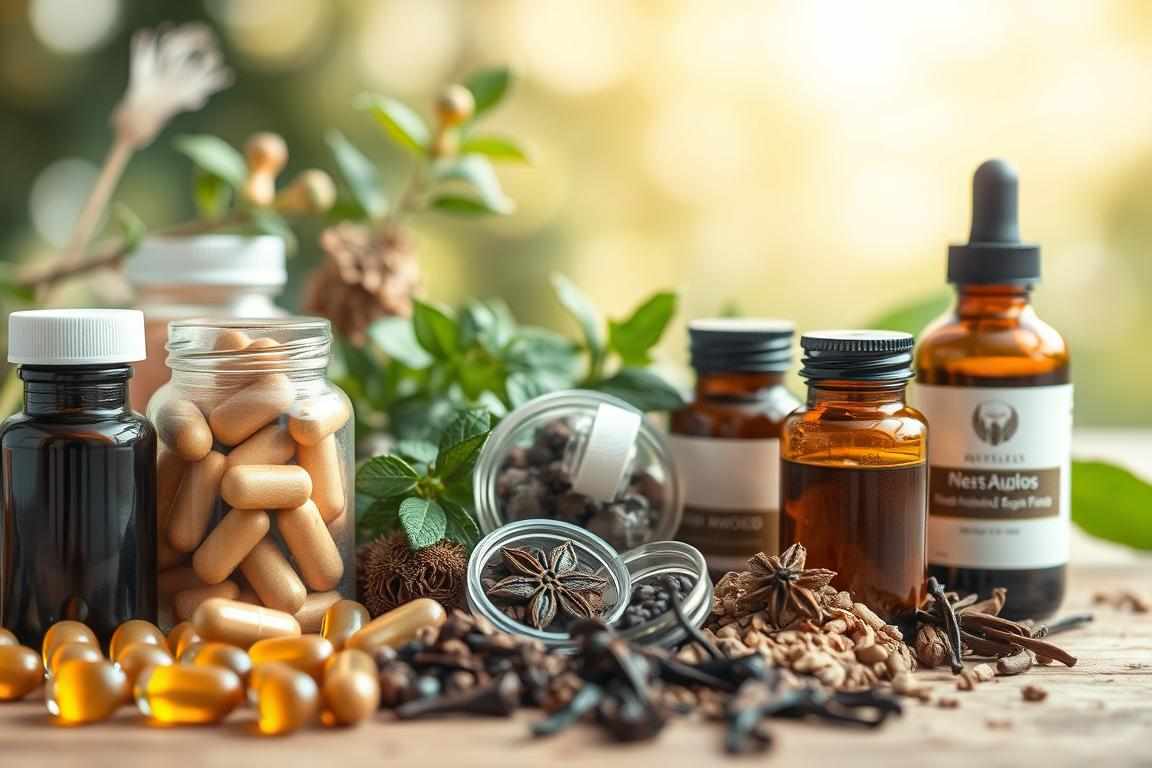

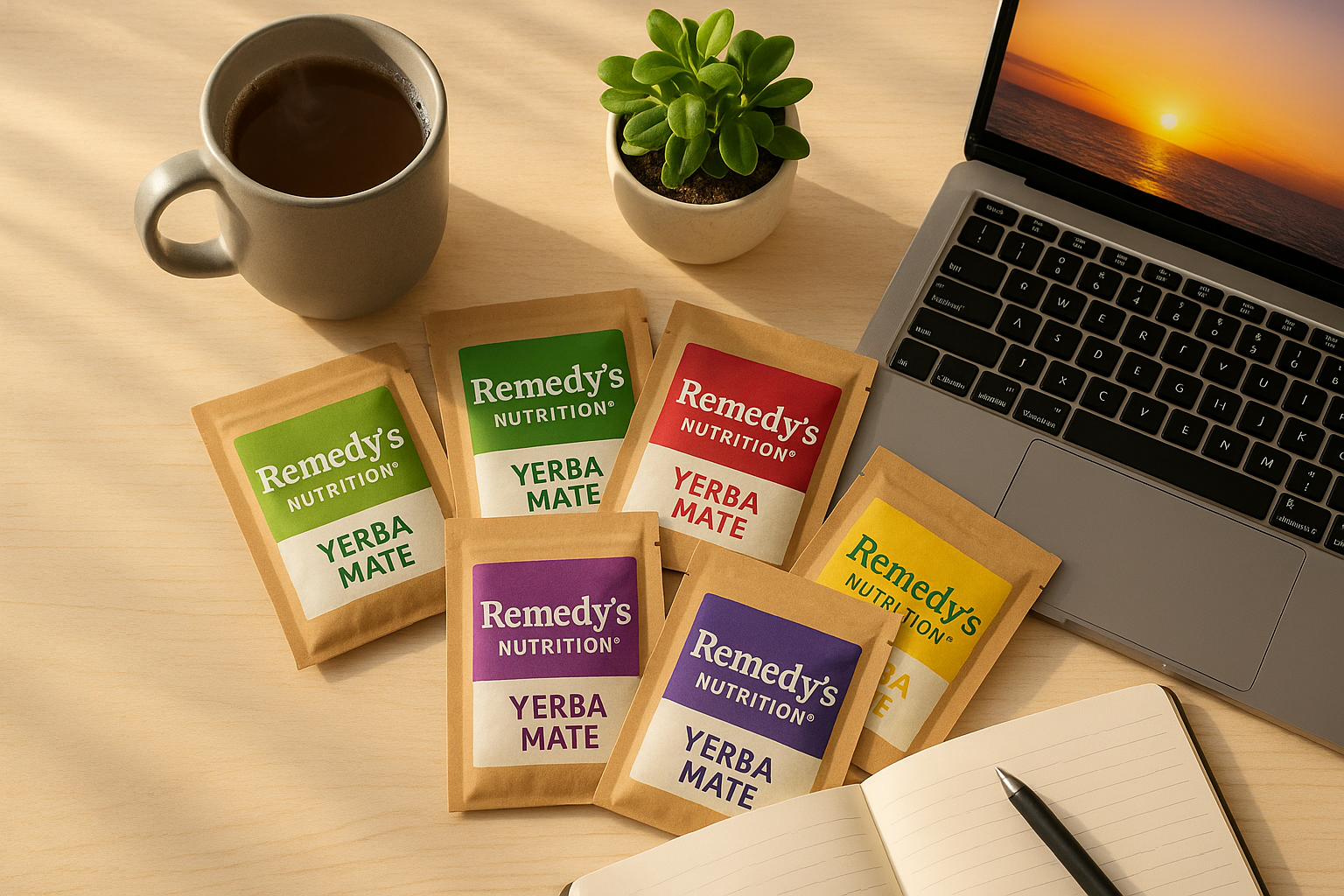
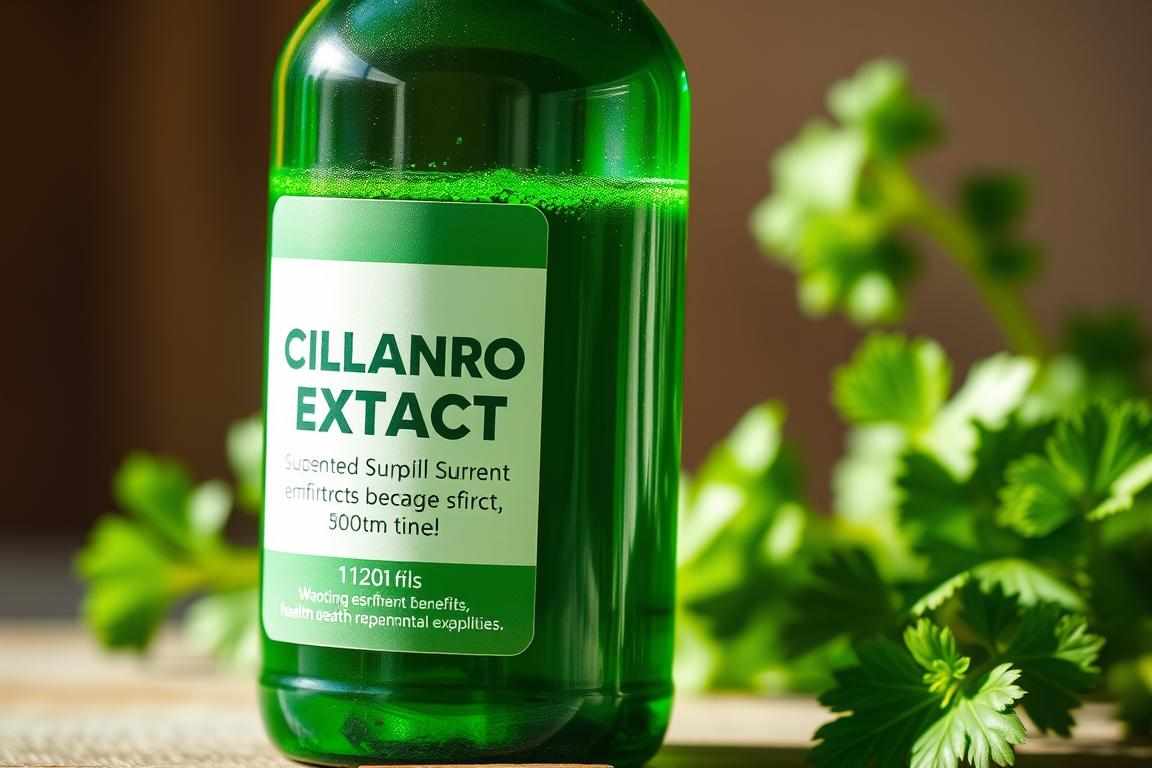
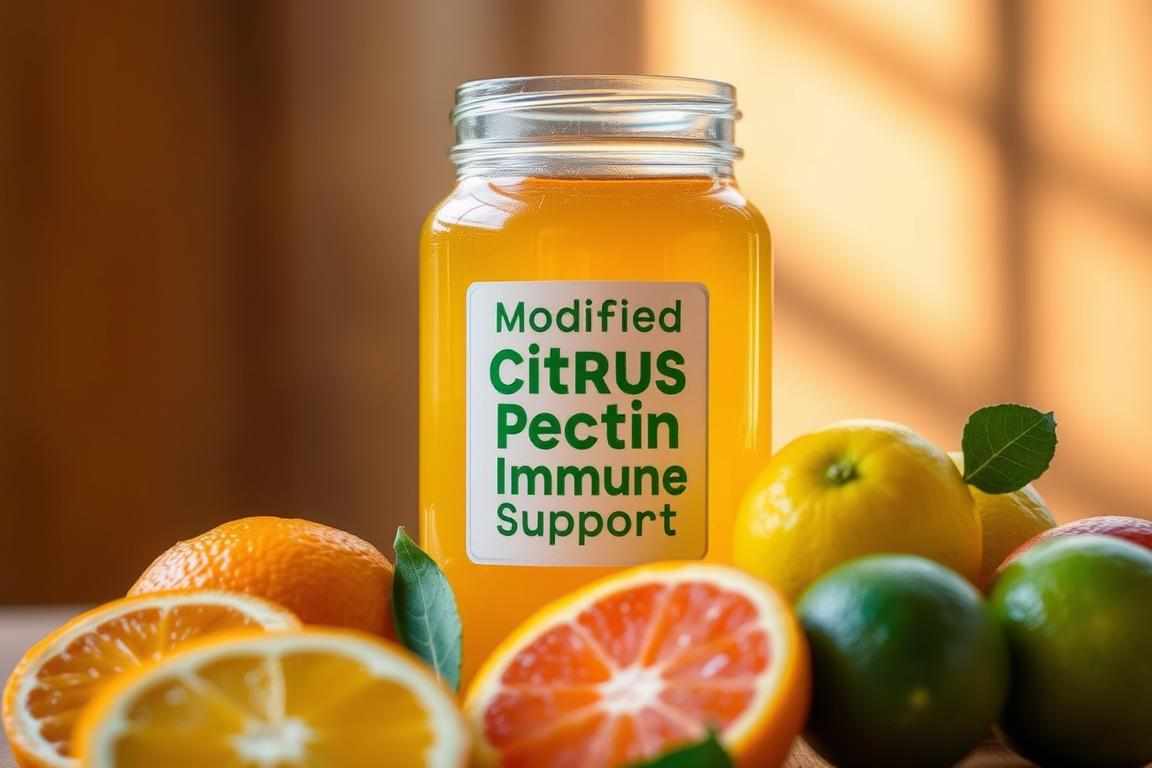
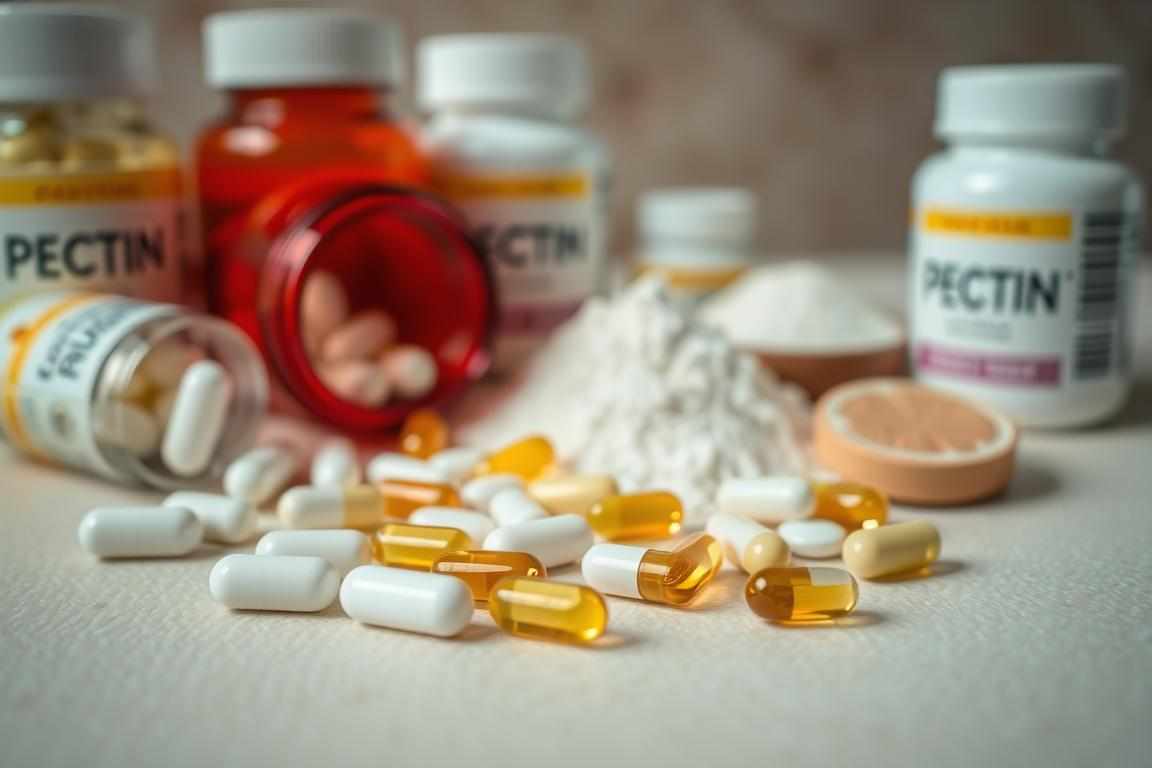
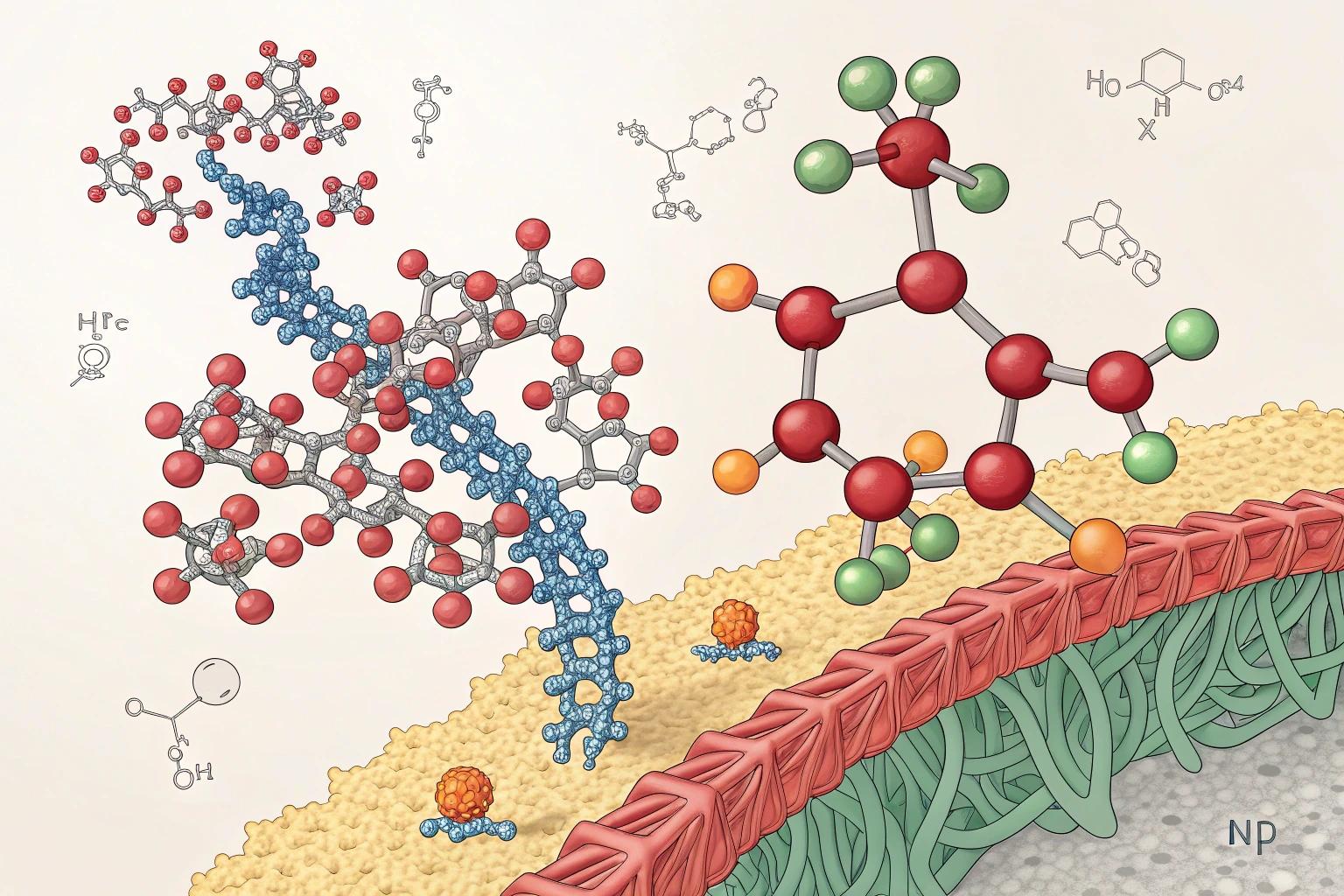
Write a comment ...